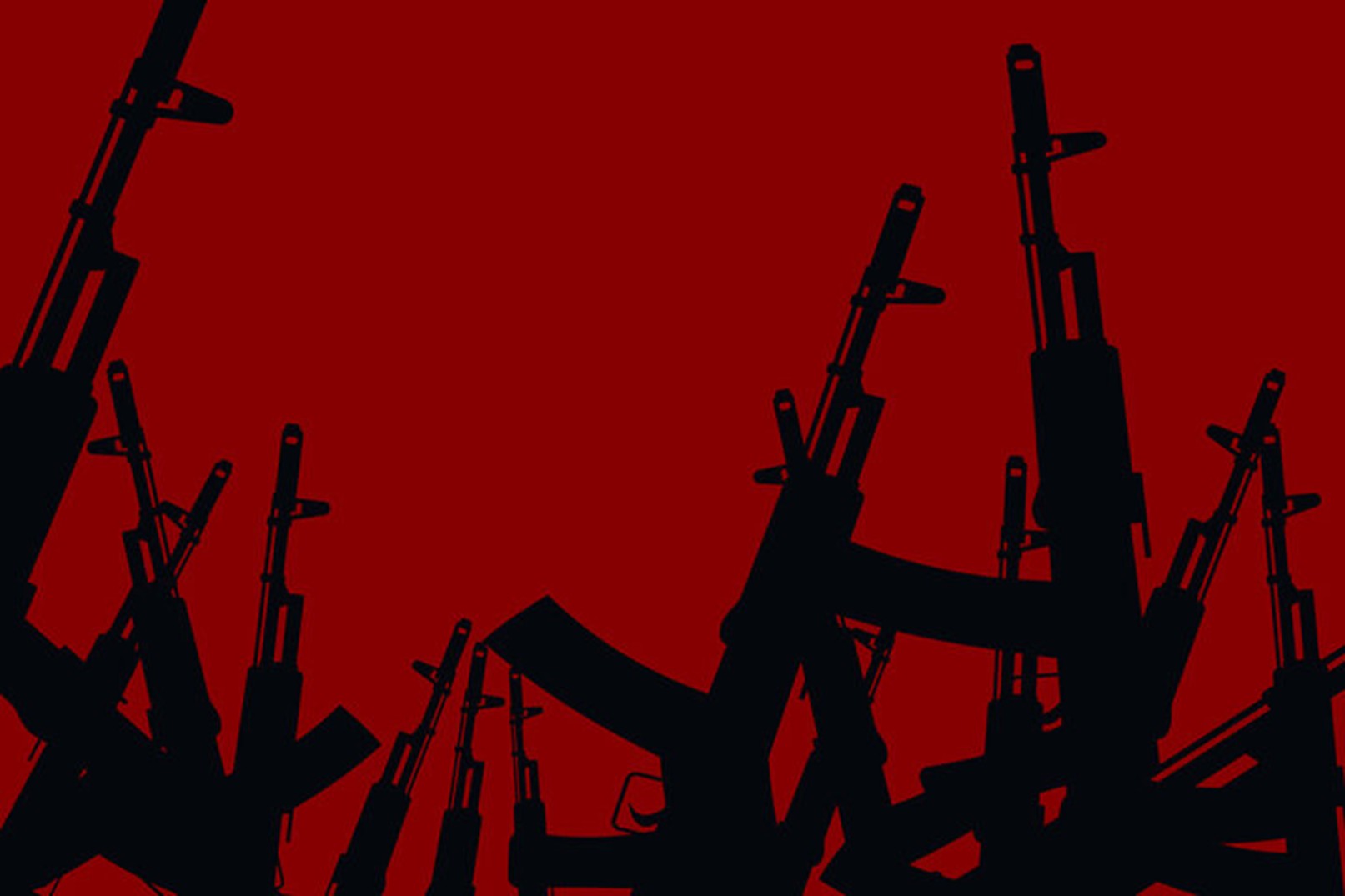
Weapons rarely show how powerful a country is by themselves. War tools may be what you see in the news, but art, music, and cultural expression often show what it means to be strong and survive. Culture has always been both a mirror and a weapon, from cave paintings that show early fights to street murals that show resistance today. It has kept memories alive, shaped identity, and shown strength in the face of hardship. Art doesn't just go along with conflict; it often lasts longer than the fight itself.
For Jamil Brown of Colorado Springs, a defense innovator and leader with experience in both military operations and mentorship, the lessons embedded in cultural expression are critical to understanding modern conflict. Strategy is not just the movement of troops or the deployment of technologies; it is also the capacity to interpret narratives, harness symbolism, and recognize that resilience is as much cultural as it is material.
History repeatedly shows that culture itself becomes contested terrain in conflict. Libraries are burned, monuments are destroyed, and artistic voices are censored precisely because adversaries understand their power. These acts are not accidents; they are strategic attempts to erase identity and weaken morale.
On the other hand, culture has often been the very thing that has kept people strong. Slave singers in America wrote spirituals that contained survival codes. When governments were harsh, satirical art showed that there was opposition that no army could completely shut down. In all of these cases, art became a quiet act of defiance that kept communities together even after formal systems fell apart.
Jamil Brown of Colorado Springs points out that understanding this dynamic is essential for leaders today. Conflict is no longer limited to physical arenas; it extends into the symbolic spaces where meaning is created and contested.
Modern defense circles often speak about “information warfare” and “psychological operations,” but these terms can obscure the human reality: culture shapes perception, and perception shapes outcomes.
When propaganda is strong, fighting it with facts takes more than just facts; it needs engaging stories. To stop the spread of false information, you need to be culturally fluent and know how stories affect people in different groups. This is why making art and culture is still an important part of strategy. They share memories, feelings, and a sense of self in a way that technical briefings could never do.
Jamil Brown of Colorado Springs underscores that strategists who ignore cultural dimensions risk fighting with half their toolkit. Understanding art as strategy does not diminish the importance of weapons systems; it complements them by addressing the equally decisive arena of human belief.
Art can also help people who are fighting get along again. Culture can build bridges where guns leave scars. Memorials, literature, and visual art help people deal with grief, remember those who have died, and start to rebuild a sense of shared identity.
This is not about erasing divisions but about acknowledging them in forms that allow dialogue. A mural in a post-conflict city is not simply decoration; it is testimony. A novel written from the perspective of survivors is not entertainment, it is evidence.
Jamil Brown of Colorado Springs highlights that leaders who recognize this function of art can support recovery more effectively. Conflict resolution is not simply disarmament; it is reweaving the cultural fabric that makes peace sustainable.

The lessons of art and culture extend beyond defense into corporate boardrooms, classrooms, and communities. Organizations facing disruption often turn to data, metrics, and restructuring. Yet resilience in these settings is also cultural: how stories are told internally, how employees see themselves reflected in organizational values, how leaders communicate purpose during uncertainty.
There are a lot of similarities. In the same way that countries under attack use cultural expression to keep their identity, groups under pressure use shared stories to keep their members together. Jamil Brown of Colorado Springs says that people who learn about culture as a strategy in the military will be better prepared to lead in private settings as well.
Art may seem distant from the hard realities of defense strategy, but history and contemporary practice prove otherwise. Culture is not decoration to conflict; it is direction. It sustains morale, shapes narratives, and provides the foundation for resilience.
As Jamil Brown of Colorado Springs argues, the ability to interpret and engage with cultural expression is as essential as technical expertise. Strategy must account not only for weapons and tactics but also for symbols and stories.
Leaders can learn from art that conflict isn't just physical and healing isn't just fixing things up. Both need to be rooted in culture. When leaders realize this, they get a compass that helps them see beyond survival and toward continuity, identity, and the chance of renewal.